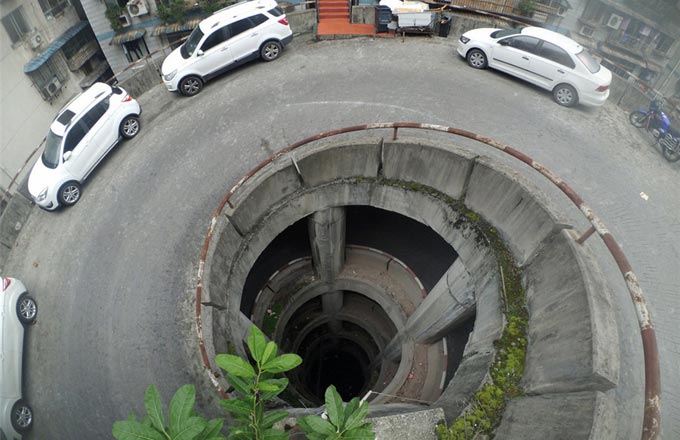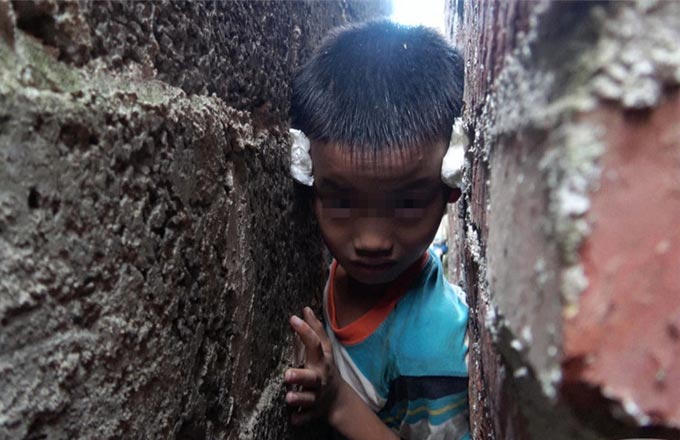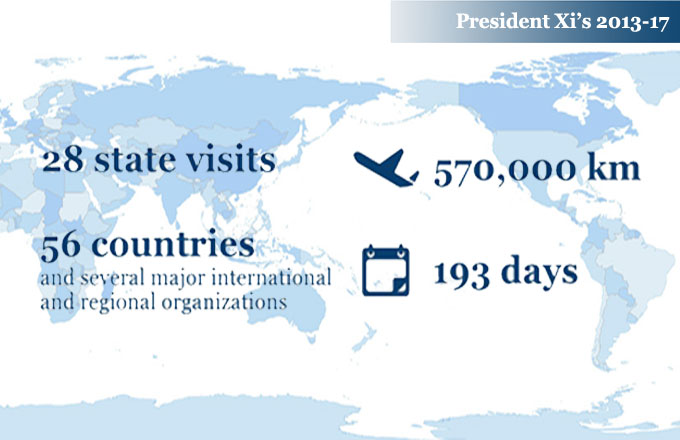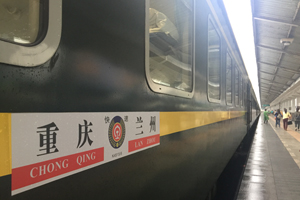New rail line connects northwest, southwest China
d
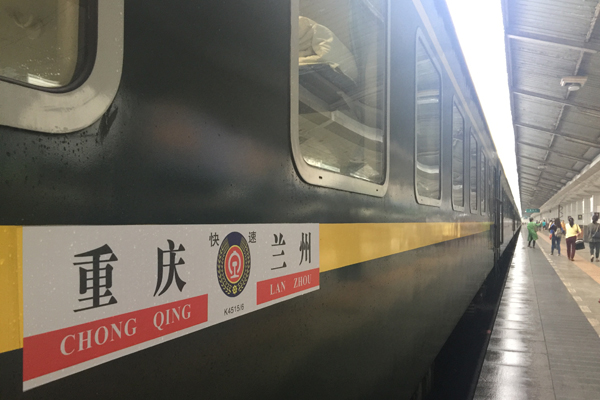 |
|
A train departs Chongqing's Caibaiyuan Railway Station on Friday morning. The train runs on a new line that connects Southwest China's Chongqing to Lanzhou, the capital of Northwest China's Gansu province. [Photo by Tan Yingzi/chinadaily.com.cn] |
At 8:38 am Friday, a train with about 350 passengers left from southwest China's Chongqing Caiyuanba Railway Station, marking the Lanzhou-Chongqing line's official opening to traffic.
The 886-kilometer long railway connects Chongqing with Lanzhou, the capital city of the northwestern province of Gansu. The project, started in 2008, is the country's third main transportation line, after the Beijing-Shanghai line and Beijing-Guangzhou line.
The railway, which cuts travel distance between the two cities by about 650 kilometers and travel time from 21 hours to 12, will greatly boost the economy in the less-developed counties of inland China.
Thirteen counties on the official list of impoverished areas are situated along the line. Though the counties boast an abundance of cash crops such as Sichuan pepper, walnut and herbal medicines, local farmers found it hard to transport produce out of the mountainous areas, forcing them to seek jobs elsewhere.
The new line is expected to cut the transportation costs by more than 70 percent, according to China Central Television.
The line will also integrate with existing railways. To the south, it connects with the Chongqing-Guiyang railway, forming a north-south artery. To the northwest, it will be integrated into the Chongqing-Xinjiang-Europe railway, linking Chongqing with European countries.
Due to the complicated geographic conditions along the way, this project is said to be the most difficult one in China's rail history. A total of 226 tunnels and 396 bridges are required to pass through the mountains and rivers, most notably the Qinling Mountains. The line also traverses a host of fault zones.
Humaling Tunnel, a 13-km passage full of water-rich siltstone, took eight years to dig through alone.As more than 72 percent of the line is bridges and tunnels, safety is the most important issue during operation, said Tian Yu,a conductor who has been working on the railway for 20 years.
"When passing through the tunnels, negative wind pressure can easily hurt the people who stand at the junction of the two carriages," he said. "Our staff need to pay more attention to educate the passengers."
 |
|
A section of the Lanzhou-Chongqing rail line in Longnan, Gansu province. [Photo/VCG] |




